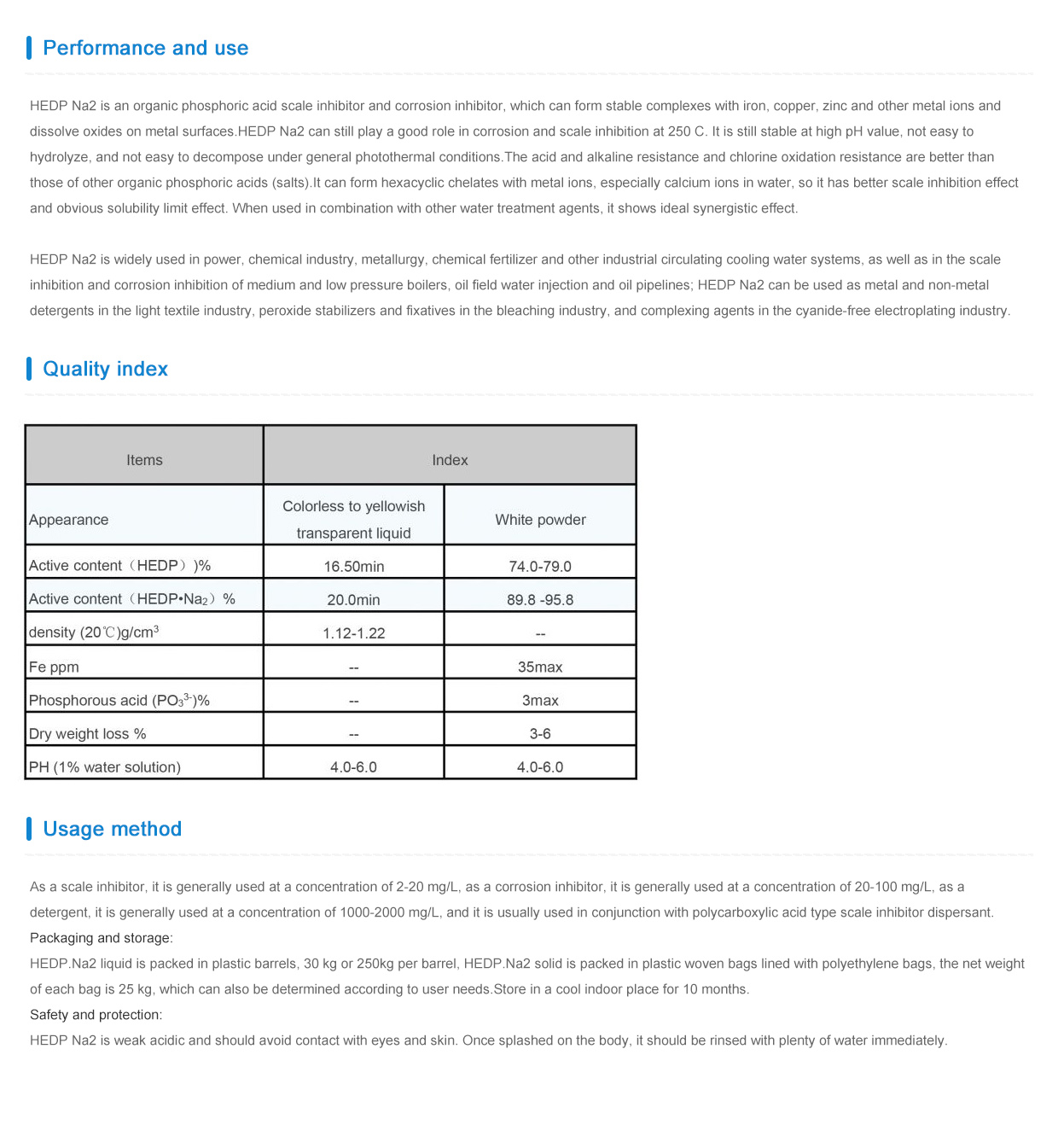polyaluminium chloride water treatment
The Role of Poly-Aluminium Chloride in Water Treatment
Water is one of the most vital resources for life on Earth, and ensuring its cleanliness and safety is of paramount importance. Among the various chemical compounds used in the process of water treatment, poly-aluminium chloride (PAC) has gained significant attention due to its effective flocculating and coagulating properties. This article explores the role of poly-aluminium chloride in water treatment, highlighting its benefits, applications, and effectiveness.
Poly-aluminium chloride is an inorganic polymer that is widely used as a coagulant in water treatment processes. It is a derivative of aluminium and is synthesized by reacting aluminium oxide with hydrochloric acid, resulting in a product that can effectively bind with suspended particles in water. This unique property allows PAC to facilitate the aggregation of small particles into larger clusters, known as flocs, which can be easily removed from the water.
One of the primary advantages of using poly-aluminium chloride in water treatment is its high efficiency in a wide range of pH levels. Traditional coagulants like alum (aluminium sulfate) are often limited in their effectiveness based on the acidity or alkalinity of the water. In contrast, PAC performs well in both acidic and alkaline conditions, making it suitable for various water sources. This versatility not only improves treatment efficiency but also ensures consistent water quality.
The coagulation process is crucial in water treatment as it removes impurities, including organic matter, contaminants, and microorganisms, which can pose risks to human health. When PAC is added to water, it forms positively charged aluminium ions that attract negatively charged suspended particles, causing them to clump together. The resulting flocs can then be easily separated from the water through sedimentation or filtration. This process not only clarifies the water but also aids in the removal of toxic substances, thereby enhancing water safety.
polyaluminium chloride water treatment

Moreover, poly-aluminium chloride has been found to produce less sludge compared to other coagulants. The sludge generated during water treatment can create significant disposal challenges and increase operational costs. The efficient flocculation ability of PAC means that smaller volumes of sludge are produced, which is more manageable and cost-effective for treatment facilities.
In addition to its effectiveness in municipal water treatment, PAC is also used in industrial applications. Industries that generate wastewater, such as food processing, pharmaceuticals, and textiles, often rely on poly-aluminium chloride to meet regulatory requirements for water discharge. Its ability to efficiently remove pollutants makes it an ideal choice for treating industrial effluents, thereby reducing environmental impact.
The use of PAC in drinking water treatment is especially beneficial in regions with difficult water conditions. For example, in areas where water sources are prone to algae blooms, PAC can help in efficiently removing algal cells and toxins associated with them. This not only improves aesthetics but also ensures that the treated water is safe for consumption.
While poly-aluminium chloride has numerous advantages, it is important to consider potential drawbacks, particularly concerning the use of aluminium in drinking water. Studies have examined the health implications of aluminium exposure; however, regulatory agencies have deemed the levels typically found in treated drinking water to be safe. Continuous monitoring and adhering to recommended dosage levels are crucial to mitigate any potential risks.
In conclusion, poly-aluminium chloride plays a critical role in the water treatment process due to its superior coagulation properties, efficiency across varying pH levels, and the reduced volume of sludge generated. Its versatility makes it suitable for both municipal and industrial applications, significantly enhancing the quality of water and contributing to public health and environmental protection. As the demand for clean water continues to rise, the importance of effective treatment solutions like PAC will undeniably remain at the forefront of water management strategies. Emphasizing advancements in water treatment technology and the responsible use of chemical coagulants like poly-aluminium chloride is essential for ensuring a sustainable and safe water supply for future generations.
-
Water Treatment with Flocculant Water TreatmentNewsJun.12,2025
-
Polymaleic AnhydrideNewsJun.12,2025
-
Polyaspartic AcidNewsJun.12,2025
-
Enhance Industrial Processes with IsothiazolinonesNewsJun.12,2025
-
Enhance Industrial Processes with PBTCA SolutionsNewsJun.12,2025
-
Dodecyldimethylbenzylammonium Chloride SolutionsNewsJun.12,2025





